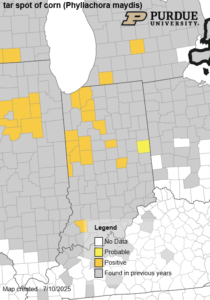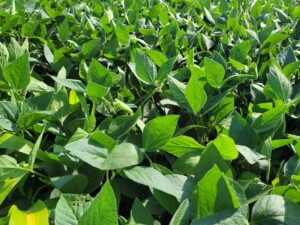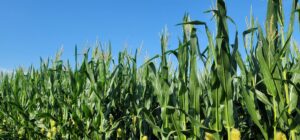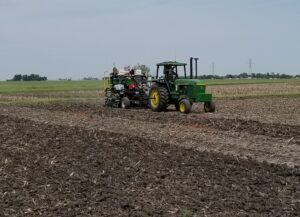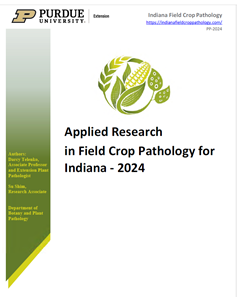Soybean
Tar spot map July 10, 2025.
It is important to continue to scout for diseases in both corn and soybeans to make informed management decisions.
The Crop Protection Network (CPN) is a multi-state and international collaboration of Extension specialists and professionals, providing unbiased, research-based crop protection information. Our goal is
READ MOREI am excited this season to be able to share three new tools from the Crop Protection Network. I strongly recommend you bookmark these on
READ MOREThere are a number of resources available for monitoring field crop diseases here in Indiana. The Purdue Field Crop Pathology Team will be tracking diseases
READ MOREhttps://indianafieldcroppathology.com/wp-content/uploads/2025/03/BP-Extension-Applied-Research-on-Field-Crop-Disease-2024.pdf
READ MOREAuthors: Darcy Telenko, Shaun Casteel, John Bonkowski and Tom Creswell There have been many reports of black areas in soybean fields in Indiana this season.
READ MORERed crown rot of soybean has become a new concern this season in Indiana after a few localized occurrences have been found in previous years
READ MOREAerial drone application technology has recently become available and may address limitations by providing greater agility to monitor and apply under conditions where obstacles and
READ MOREThere are a number of resources available for monitoring field crop diseases here in Indiana. The Purdue Field Crop Pathology Team will be tracking diseases
READ MORE